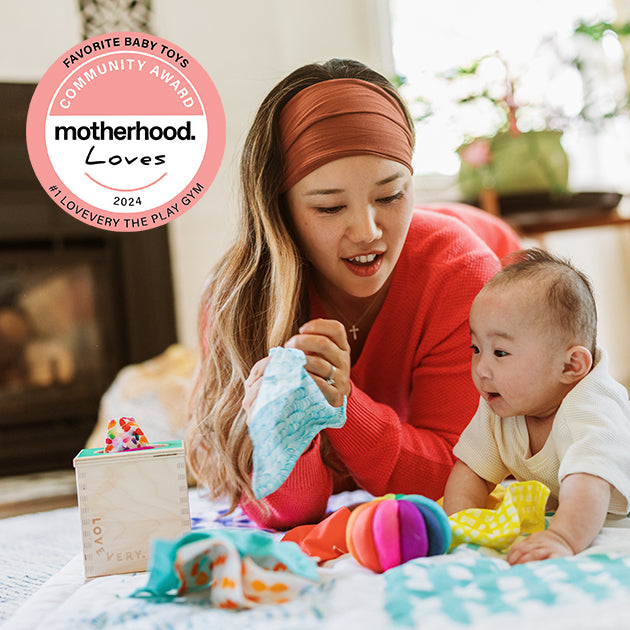Creating a sleep schedule for your baby can be a daunting task, especially for new parents, it can seem like an uphill battle. So let’s take this one step at a time, and understanding your baby's sleep patterns is the first big step. It's crucial to know how much sleep they need at different stages.
This guide will help you navigate through the process and provide practical tips and strategies for sleep training your baby. You'll learn how to recognize sleep cues and create a consistent routine that will promote better sleep for your baby. We know you both need it!
Remember, every baby is unique so what works for one might not work for another.
So, let's dive in and explore how to create a sleep schedule for your baby.
Understanding Your Baby's Sleep Needs
It's important to know babies have different sleep needs at various stages. In the first few weeks, newborns sleep a lot, often up to 16-18 hours a day. However, their sleep is not continuous. They wake up frequently for feedings, as their tiny stomachs can't hold much food.
As they grow, their sleep patterns start to change. By the age of 3-6 months, many babies start sleeping for longer stretches at night.
Here's a rough guide to how much sleep your baby might need at different ages:
- Newborns (0-3 months): 14-17 hours a day
- Infants (4-11 months): 12-15 hours a day
- Toddlers (1-2 years): 11-14 hours a day
- Preschoolers (3-5 years): 10-13 hours a day
Remember, these are just averages and sleep is not one size fits all. Your baby might need more or less sleep so it’s important to watch for signs of over-tiredness or under-sleeping.
The Importance of a Consistent Bedtime Routine
A consistent bedtime routine is essential for establishing a healthy sleep schedule for your baby. It signals that it’s time to wind down and prepare for sleep. This routine might include activities like a warm bath, a bedtime story, or a soothing lullaby. The goal is to create a calm, relaxing environment that helps your baby settle down for the night.
And don’t forget about your comfort, Mama! Being calm and comfortable is important, as your baby will pick up on your energy. Make sure to wear something cozy, like our Secret Fit Belly Maternity Leggings, to help you relax during the routine.
It's also important to keep the routine consistent. Try to do the same activities, in the same order, at the same time each night. This predictability can help your baby feel secure and sleep better, which also makes for a stress-free bedtime.
Remember, the routine should be enjoyable for both you and your baby. If a certain activity seems to upset your baby, it's okay to change it! The most important thing is that the routine works for your family.
Recognizing Sleep Cues and Signs of Tiredness
Babies often show us clear signs that they're ready for sleep, and it’s up to us to listen. These can include rubbing their eyes, yawning, or becoming fussy. Recognizing these sleep cues can help you put your baby to bed before they become overtired, which sets you up for a more calm bedtime.
An overtired baby can have a harder time falling asleep and may also wake up more often during the night. They definitely won’t sleep better if they’re overtired; it’s actually the exact opposite. By putting your baby to bed when they first show signs of tiredness, you can help them get the sleep they need.
Remember, every baby is different. Your baby may show different sleep cues than another baby. The key is to pay attention and learn what signals your baby gives when they're ready for sleep. This can make establishing a sleep schedule much easier.
Sleep Training Methods and Choosing What's Right for Your Baby
Sleep training is a process that can help your baby learn to fall asleep on their own. There are many different








